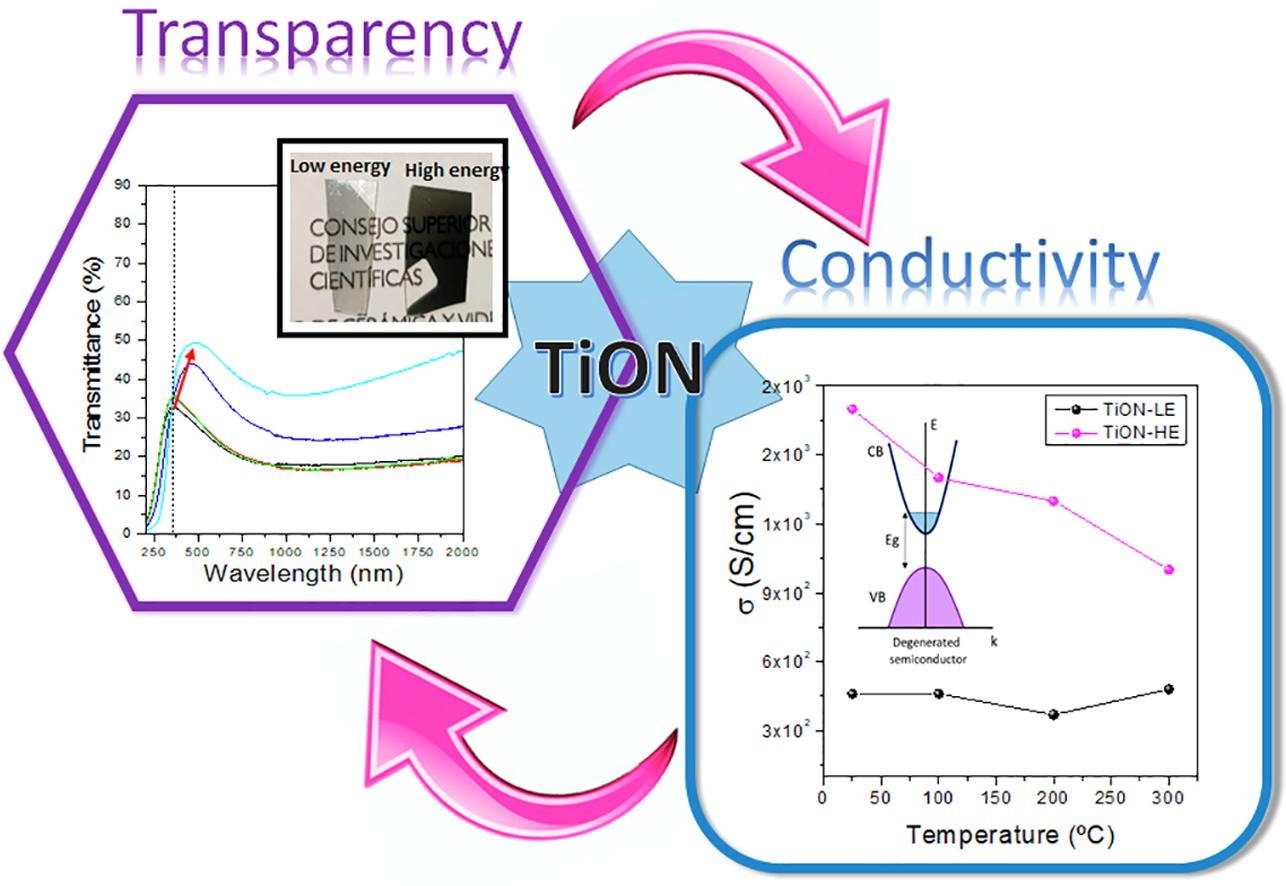Optical properties of nanostructures based on divalent europium-doped barium fluoride layers fabricated by pulsed laser deposition (PLD)

Advancing towards white light emission based on europium nanostructures.
After fabrication, the nanostructures underwent thermal annealing in a nitrogen atmosphere to activate the luminescence of Eu2+, preventing its oxidation. The results show how the nanostructures produced emit light with chromatic characteristics close to those of pure white light.
The objective of this study is to understand the optical properties of these nanostructures to determine what should be the optimal configuration for the design of a white light-emitting LED based on these materials.
leds
Solid-state light-emitting diode (LED) lighting has many advantageous features including low power consumption, high brightness, and long lifespan.
Current white light emitting diode technology is based either on a blue LED combined with a phosphor (YAG: Ce3+) coated with epoxy resin, or on the combination of two excitation sources UV or blue with different phosphors doped with rare earths that emit blue, green and red light. Both solutions are complex and have limited performance, so a white light LED based on a single material would result in a simpler manufacturing process.
Europium
Divalent europium (Eu2+) exhibits light emission in a broad band of the visible spectrum. This emission is due to the electronic transition 4f65d1 to 4f7 that occurs in the external orbitals of the atom. For this reason, this transition is very sensitive to the crystalline field and, therefore, to the nanostructure and configuration of the material, unlike what occurs in the case of Eu3+.






